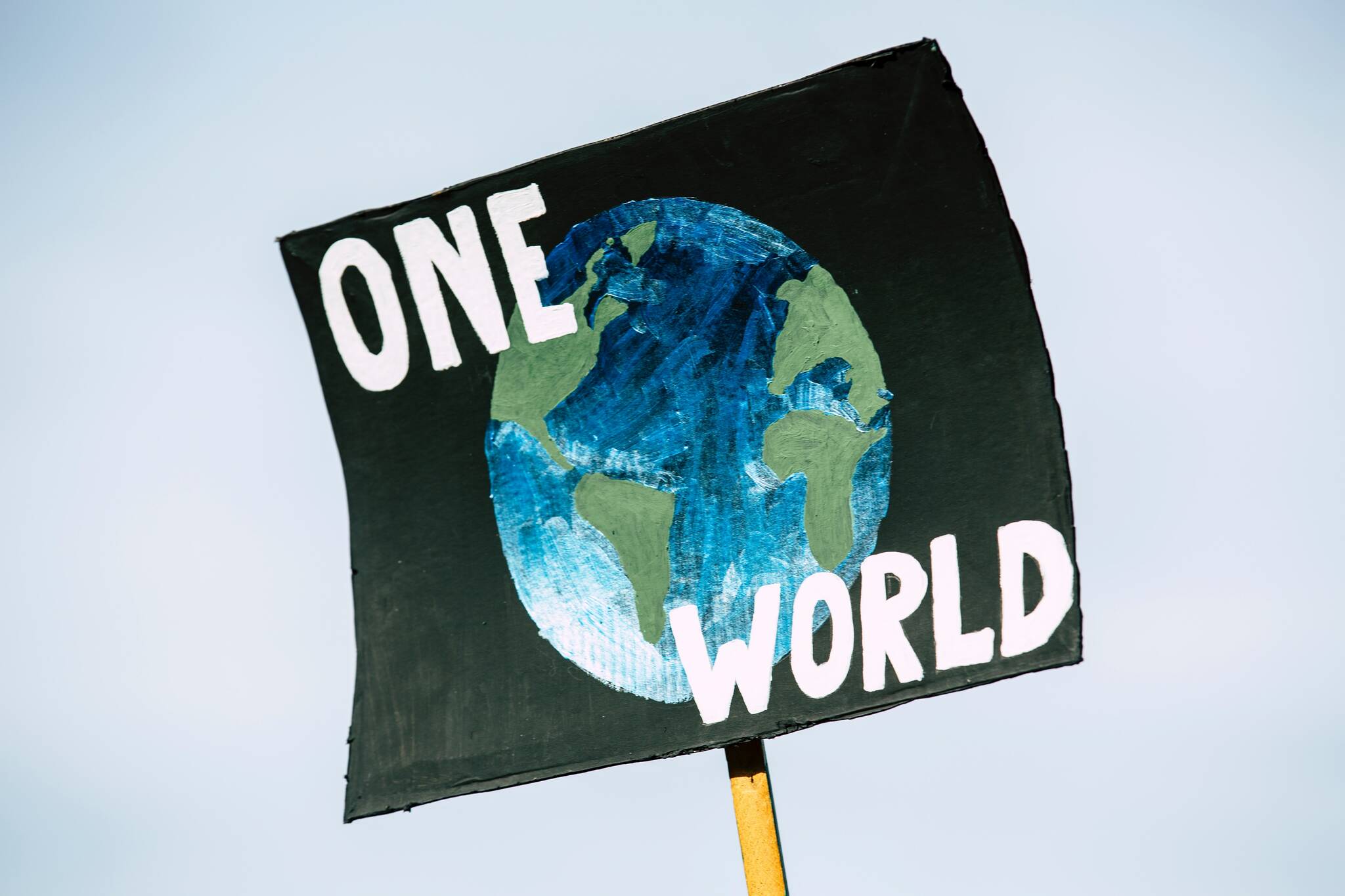By Rick Steiner
When the Rev. Martin Luther King Jr. reminded us of “the fierce urgency of now,” he also warned that “there is such a thing as being too late.” On fixing the climate crisis, we are almost at that point.
With record heat waves now raging across North America, Europe and Asia; record drought, wildfires, floods, and famine in some regions, and record high global ocean temperatures, the summer of 2022 seems like we’re walking through the gates of hell. Hopefully, the “fierce urgency” of this summer’s climate chaos will move governments to finally act.
This November, the next U.N. climate conference (COP 27) will be held in Sharm El-Sheikh, Egypt, and the Group of 20 (G20) summit will be held in Bali, Indonesia. These summits may be our last best chance to fix the climate crisis.
To resolve the climate crisis, governments need to address three significant issues this November.
First, global emissions must be reduced by 50% by 2030, and to zero by 2040. Current commitments put the world on track for an apocalyptic 2.5°C temperature increase, far beyond the agreed 1.5°C “safe” limit. While holding warming to 1.5°C is no longer possible, a 2°C goal is still within reach. Every carbon atom we keep out of the atmosphere now will make the future a little more habitable.
Second, for emissions reductions agreements to work, they have to be legally binding. This is one reason the 1987 Montreal Protocol on ozone protection has been the most successful environmental agreement in history — it is legally binding, with consequences for noncompliance. A similar sanctions-and-penalty regime needs to be established for climate commitments.
Finally, wealthy nations need to commit the financing necessary, both domestically and internationally, to reduce global emissions. A decade ago, the world’s wealthy nations agreed to a $100 billion per year Green Climate Fund to support the climate adaptation and energy transition needs of developing nations. Tragically, less than 1% of this has actually been funded. Further, the world’s most polluting governments have not invested sufficiently in their own domestic transition to low carbon energy economies.
The minimum global investment necessary this decade to save a habitable future — a “Living Planet Emergency Fund” — is $4 trillion per year (roughly 5% of world GDP). That’s $2 trillion domestically in the wealthiest 20 nations, and $2 trillion to fund the energy transition and adaptation needs of the other 175 nations. By comparison, the U.S. alone spent more than $8 trillion in just two years in COVID response. The threat from climate change is far more consequential. Either we fully fund the low-carbon energy transition now, or we will lose any chance for a habitable future.
As the U.N. process has failed, the necessary fix to the climate crisis now sits squarely with the G20 at its meeting in Bali this November.
The G20 is composed of the wealthiest, most polluting, nations on Earth. Together, these 20 nations produce 80% of world GDP and 80% of global greenhouse gas emissions. G20 nations are largely responsible for the climate crisis, and have the moral obligation, and financial and technological capacity, to solve it.
A straightforward source of G20 climate financing is to transfer all fossil fuel subsidies currently paid by these governments to subsidize low carbon energy, and to institute a global minimum carbon tax. While last year’s G20 meeting in Rome agreed to a 15% global minimum corporate tax, it entirely ignored the more important global carbon tax.
Failure is no longer an option on this issue. The G20 must act at its Bali meeting to solve the crisis once and for all, agreeing to do three things:
1. Adopt a legally binding agreement for all members to reduce emissions 50% by 2030, and to zero by 2040;
2. Establish an enforcement mechanism and penalties for non-compliance; and
3. Establish a $4 trillion per year Living Planet Emergency Fund – $2 trillion in domestic spending, $2 trillion in international spending – financed by a global minimum carbon tax and subsidy reallocation in each country.
If the G20 resolves the three issues above this November, it is still possible to hold global warming to under 2°C, saving the future of humanity and our living home planet.
• Rick Steiner is a marine conservation biologist in Anchorage, and former University of Alaska professor. Columns, My Turns and Letters to the Editor represent the view of the author, not the view of the Juneau Empire. Have something to say? Here’s how to submit a My Turn or letter.

